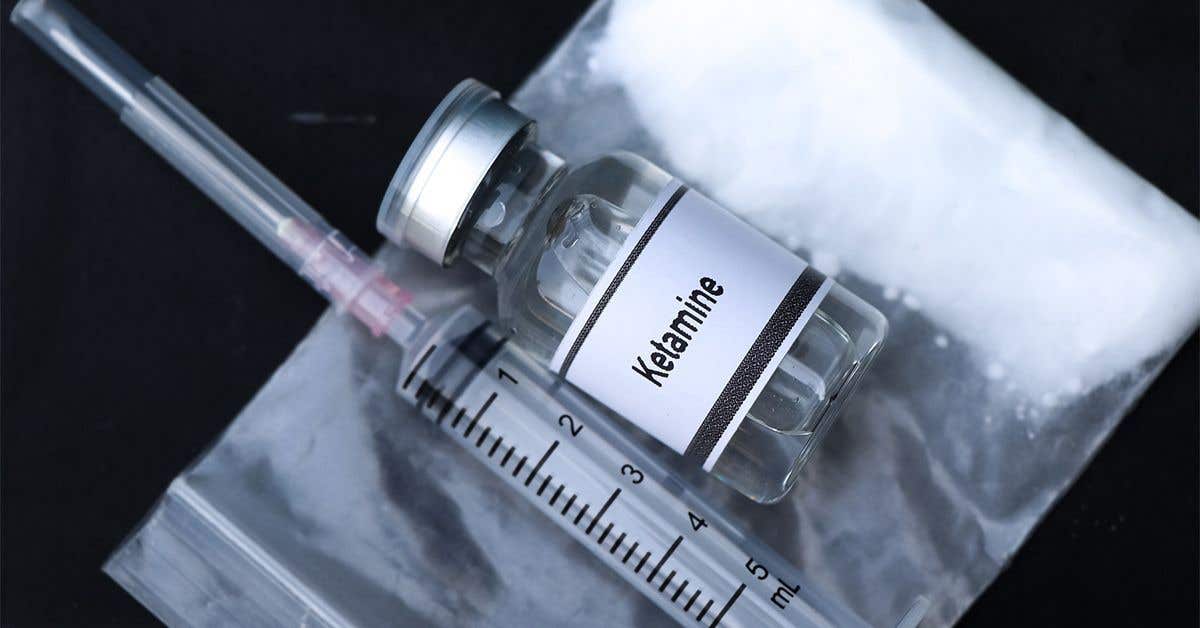Groundbreaking research uncovers major new contributor to Alzheimer’s disease
A pathway that begins in the gut and ends with a potent pro-inflammatory toxin in brain cells contributes to the development of Alzheimer’s.

[May 12, 2023: Staff Writer, The Brighter Side of News]
Research reports for the first time a pathway that begins in the gut and ends with a potent pro-inflammatory toxin in brain cells contributing to the development of Alzheimer’s disease (AD). (CREDIT: Creative Commons)
In groundbreaking research, a novel pathway has been discovered by Dr. Yuhai Zhao and Dr. Walter J Lukiw from LSU Health New Orleans Neuroscience Center along with the Departments of Cell Biology and Anatomy, Neurology, and Ophthalmology.
This pathway, originating from the gut and concluding with a powerful pro-inflammatory toxin in brain cells, is implicated in the onset of Alzheimer's disease (AD). Moreover, the team has found a straightforward method to inhibit this process. The findings have been published in Frontiers in Neurology.
The team of scientists uncovered that a molecule, embodying an incredibly potent neurotoxin produced by microbes (lipopolysaccharide or LPS), stems from a Gram-negative bacterium known as Bacteroides fragilis, found in the human gastrointestinal (GI) tract. This molecule gives rise to a neurotoxin identified as BF-LPS.
When there's an insufficiency of this specific protein, it results in a gradual shrinkage of neuronal cells and eventually leads to their demise, a characteristic seen in neurons affected by Alzheimer's disease (AD). Moreover, the researchers highlight that maintaining an appropriate level of dietary fiber consumption could prevent this process from taking place.
Related Stories
The unique aspects of this recently unveiled pathogenic route are three-pronged. The trigger for AD originates within us - specifically within our gut microbiome - thus, it is incredibly "locally sourced" and constantly operative throughout our existence.
The extremely potent neurotoxin BF-LPS is a naturally occurring waste product of the microbial metabolism in our gut. The population of Bacteroides fragilis within our microbiome, the source of the neurotoxin BF-LPS, can be moderated by the intake of dietary fiber.
“Put another way, dietary-based approaches to balance the microorganisms in the microbiome may be an attractive means to modify the abundance, speciation, and complexity of enterotoxigenic forms of AD-relevant microbes and their potential for the pathological discharge of highly neurotoxic microbial-derived secretions that include BF-LPS and other forms of LPS,” Lukiw explains.
Analysis of the hsa-miRNA-30b-5p (miRNA-30b) interaction with the Homo sapien NF-L 3'-UTR. (CREDIT: Frontiers in Neurology)
The researchers ascertain that enhancing our comprehension of the relationship between the gastro-intestinal (GI) tract and the Central Nervous System (CNS) axis, as well as the GI tract's microbiome and Alzheimer's disease, holds significant promise for pioneering novel diagnostic and therapeutic approaches in the medical treatment of Alzheimer's disease and other fatal, progressive, and age-associated neurodegenerative conditions.
On average, it is projected that Americans ingest between 10 to 15 grams of fiber daily. The United States Department of Agriculture advises women under 50 years old to take in 25 grams of fiber per day, while men in the same age bracket should aim for 38 grams. For those aged over 50, the suggested daily fiber intake drops to 21 grams for women and 30 grams for men.
For each experiment (using different batches of HNG cells) a control luciferase signal was generated that included separate controls with each analysis. (CREDIT: Frontiers in Neurology)
The National Institutes of Health states that Alzheimer's disease is the predominant diagnosis among individuals suffering from dementia. Furthermore, it ranks as the sixth highest cause of mortality among Americans.
Experts project that approximately 5.8 million US citizens aged 65 and above are afflicted with Alzheimer's disease. This number is expected to surge to around 13.8 million by the mid-century in the United States.
LPS, present in brain cells affected with AD, has an inhibitory effect on NF-L expression. (CREDIT: Frontiers in Neurology)
LSU Health New Orleans incorporated the contributions of Drs. Vivian Jaber and Nathan Sharfman as co-authors. Aileen Pogue from Alchem Biotech Research based in Toronto, Canada, also participated as a co-author.
The research was supported by funding from LSU Health New Orleans, the Brown Foundation, the Joe and Dorothy Dorsett Innovation in Science Health Aging Award, and the National Institutes on Aging of the National Institutes of Health.
Note: Materials provided above by The Brighter Side of News. Content may be edited for style and length.
Like these kind of feel good stories? Get the Brighter Side of News' newsletter.
Joseph Shavit
Head Science News Writer | Communicating Innovation & Discovery
Based in Los Angeles, Joseph Shavit is an accomplished science journalist, head science news writer and co-founder at The Brighter Side of News, where he translates cutting-edge discoveries into compelling stories for a broad audience. With a strong background spanning science, business, product management, media leadership, and entrepreneurship, Joseph brings a unique perspective to science communication. His expertise allows him to uncover the intersection of technological advancements and market potential, shedding light on how groundbreaking research evolves into transformative products and industries.



